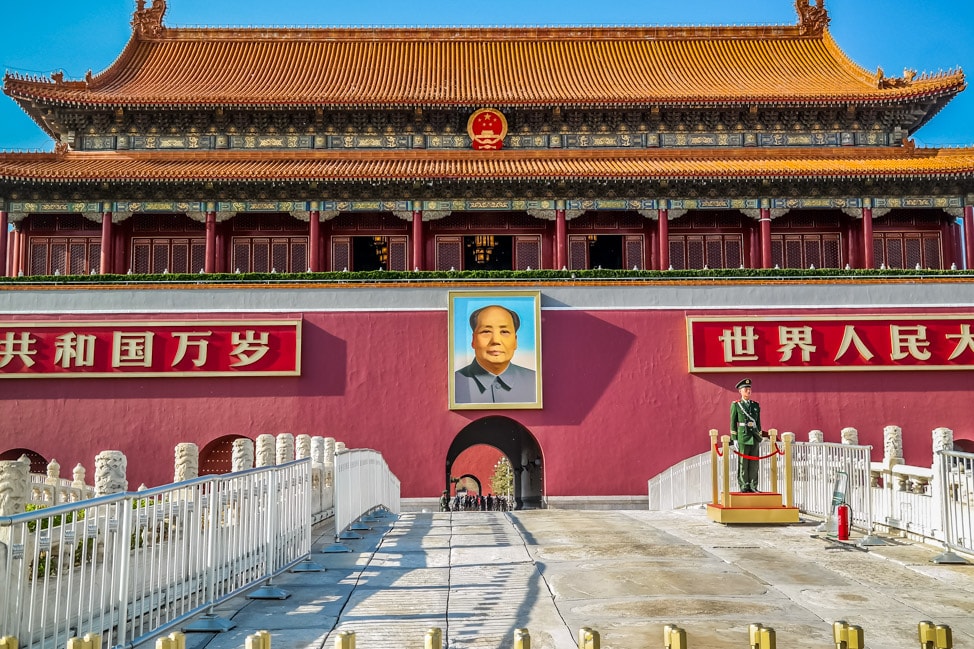Beijing for Beginners
We lived in China for almost a year before visiting Beijing.
This wasn’t a conscious choice, nor an avoidance. More a compounding of circumstances that resulted in multiple visits to Shanghai and regular weekends at our home-away-from-home, Hong Kong. But Beijing is the center of it all in many respects in China, and our lack of experience there started to become difficult to justify. After all, for most visitors to China, Beijing and/or Shanghai are the must-visit locations, usually to the exclusion of everywhere else.
Finally, this April, a work conference paved the way for a trip to Beijing. Arriving a day early and adding Drew to the itinerary meant we finally had an excuse to explore this monstrous city together.
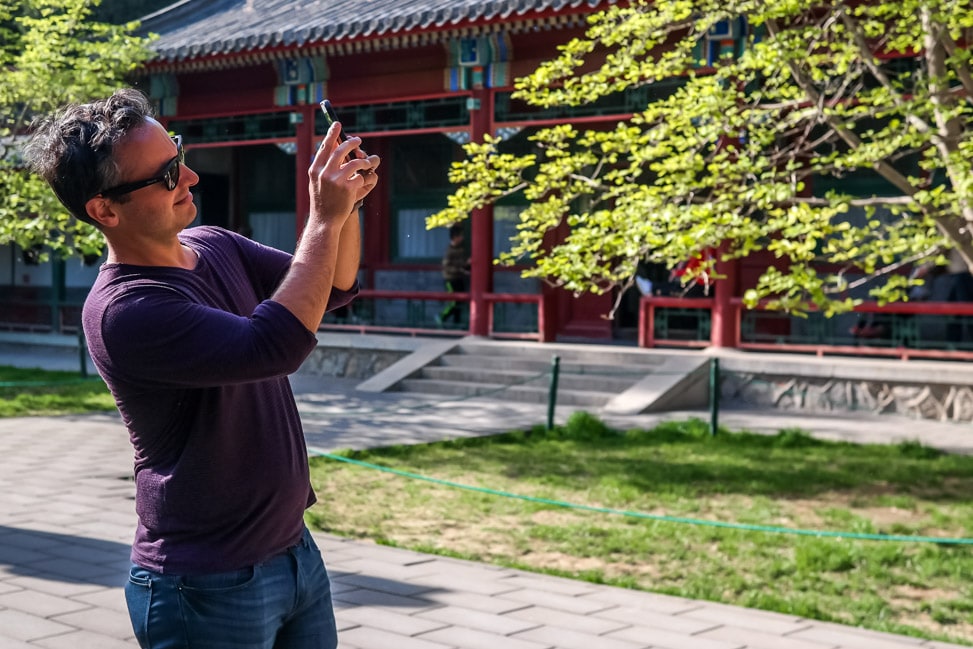
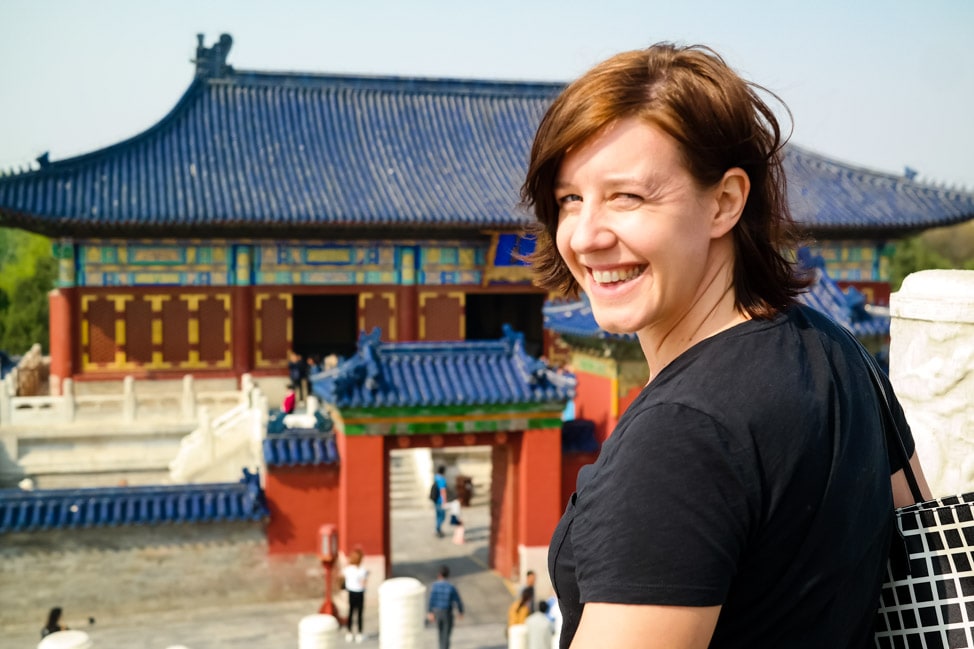
We arrived on a Sunday, in the early afternoon. On our taxi ride to the hotel, we noticed these fluffs of white floating on the air. It was like the tops of all the dandelions of the world were blown off at the same time. White puffs landed on our stuff, got stuck on our clothes, got caught in our hair. Later research determined that Beijing finds itself every April in the middle of a spring ‘snowstorm’ as the 120 million cottonwood poplar trees planted in the city bloom.
Spring was in the air, in this case, literally.
We lucked out for the next three days as beautiful day after beautiful day graced the city. Any old biases we had about Beijing’s terrible air quality and smog as far as you can see were quickly eradicated. (To be clear, the city can get pretty smoggy in the winter, and there are also weird dust storms from time to time, but Beijing has worked really hard to improve the air in recent years.)
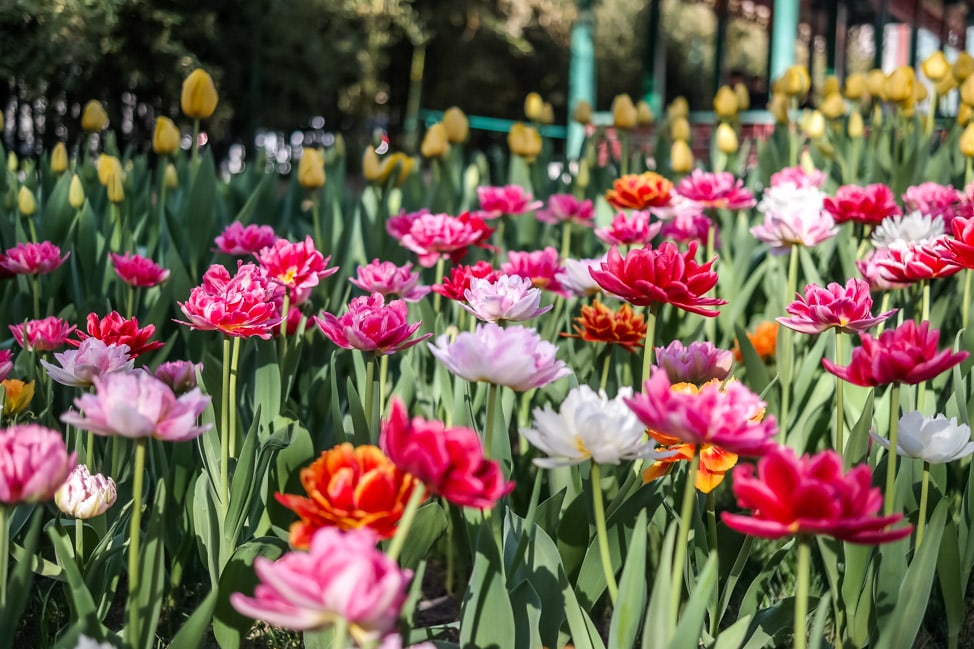
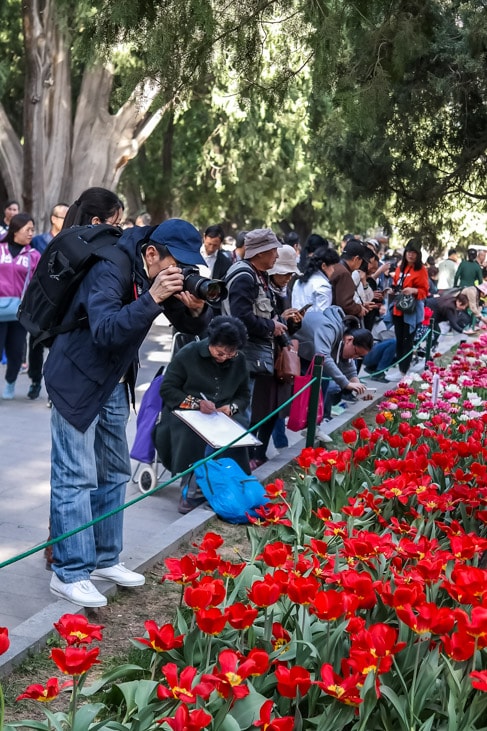
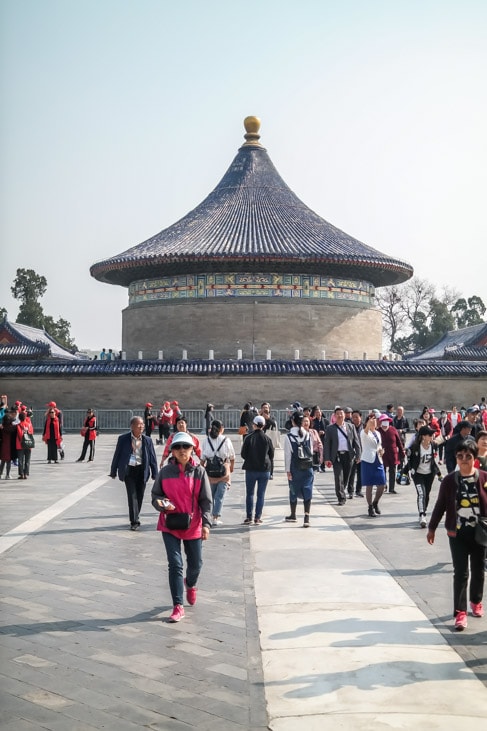
The tourist checklist in Beijing is short and sweet: Forbidden City, Tiananmen Square, Great Wall. For a city of nearly 30 million, there are, of course, plenty of other things to do, but as far as the international tourist set is concerned, the absolute must-see list is brief.
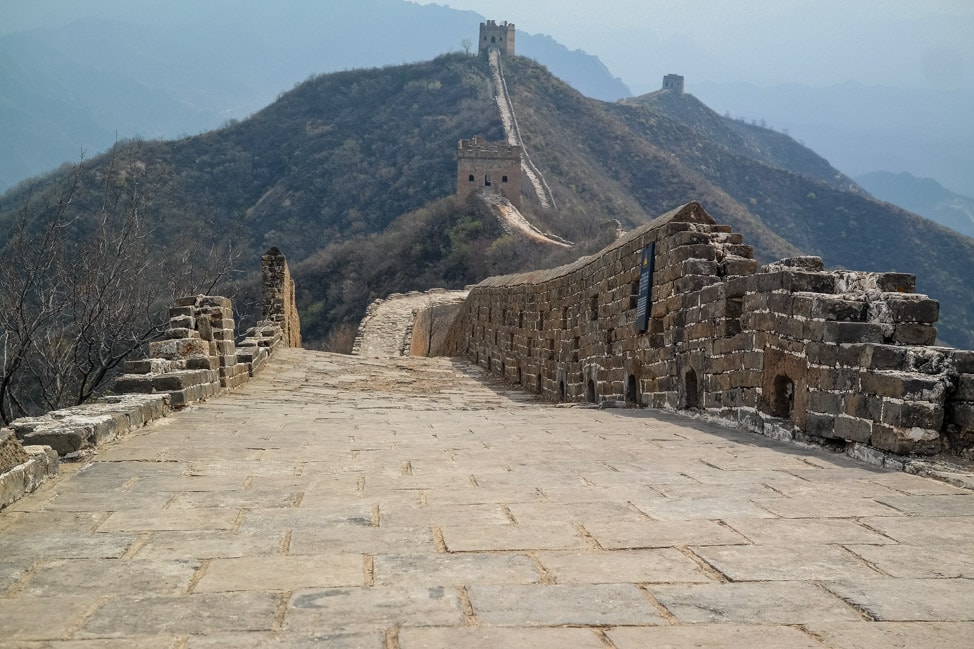
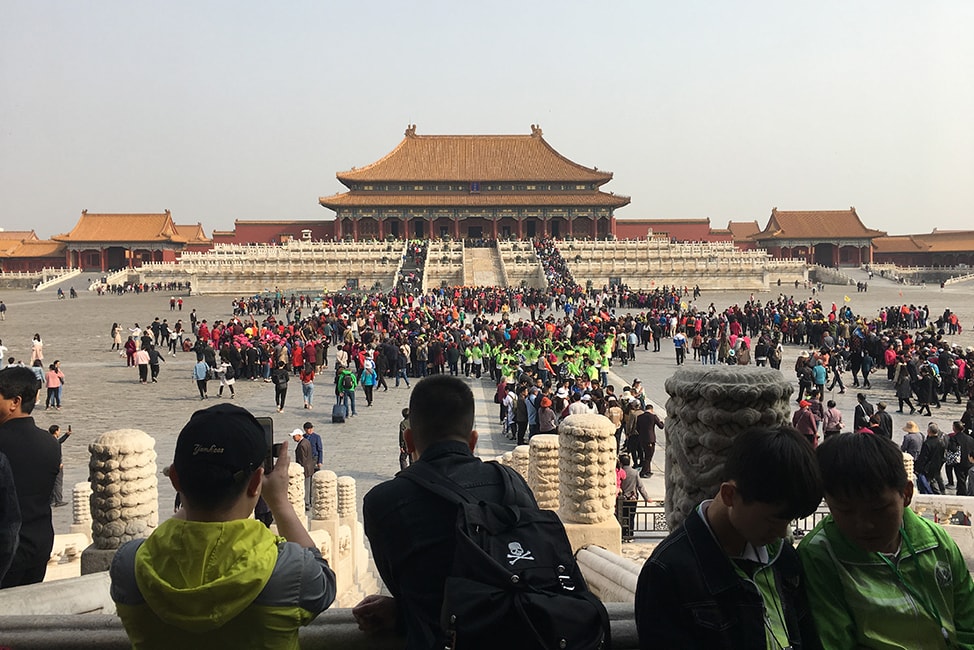
As good tourists, we dropped our stuff at the fancy conference hotel and headed straight for the Forbidden City. When we arrived, without having done any research, the attraction was about to close for the day (it does close each day relatively early, around 4:30pm). Oops. We half-heartedly attempted to rush in under the wire, but then thought better of it, and figured we’d come back the next day to take our time, and really get to soak in the history of this tourist attraction. Spoiler alert, the Forbidden City is closed every Monday, something I discovered while trying to buy tickets online back at our hotel. So when I finally visited the famous attraction two days later, it was at 8:30am, hours before my conference, while Drew was off exploring the Great Wall.
Have I ever mentioned that we aren’t actually great tourists?
Pro Tip: The ticket ordering process for the Forbidden City is somewhat daunting if you are not a Chinese speaker. You can order tickets online, which I did, by using my phone’s camera translation system to translate each screen. Alternatively, at the Forbidden City there are open kiosks where you can scan a QR code and pay for a ticket using WeChat or AliPay. Any hotel concierge can also help you buy a ticket, and there are loads of group tours you can take that include the ticket as part of the package.
Thanks to our disorganization, we pivoted and spent that first afternoon in Beijing at Tiananmen Square. This public square is massive, and smack in the center of Beijing. No pesky closing time to deal with. You are likely aware of the event here in 1989 that made the square famous, and these days, the square is impressive because it’s huge, and it’s surrounded by buildings that you may want to visit. The north side is most iconic with the huge gate with a painting of Mao Zedong that leads to the Forbidden City. The other sides house his mausoleum and the national museum. We walked around the square, but didn’t actually go in anything.
Are you beginning to understand our pattern of bad tourism?
So, eventually, we checked all the Beijing tourism boxes – Tiananmen, Great Wall, Forbidden City. It took us a few days, and we went our separate ways for part of it, but that just means we’ll need a trip back soon, if for no other reason than for me to take my own walk on the Great Wall (spousal jealousy surged the night Drew got back from that amazing day, while I had been in a windowless hotel ballroom for the past six hours).
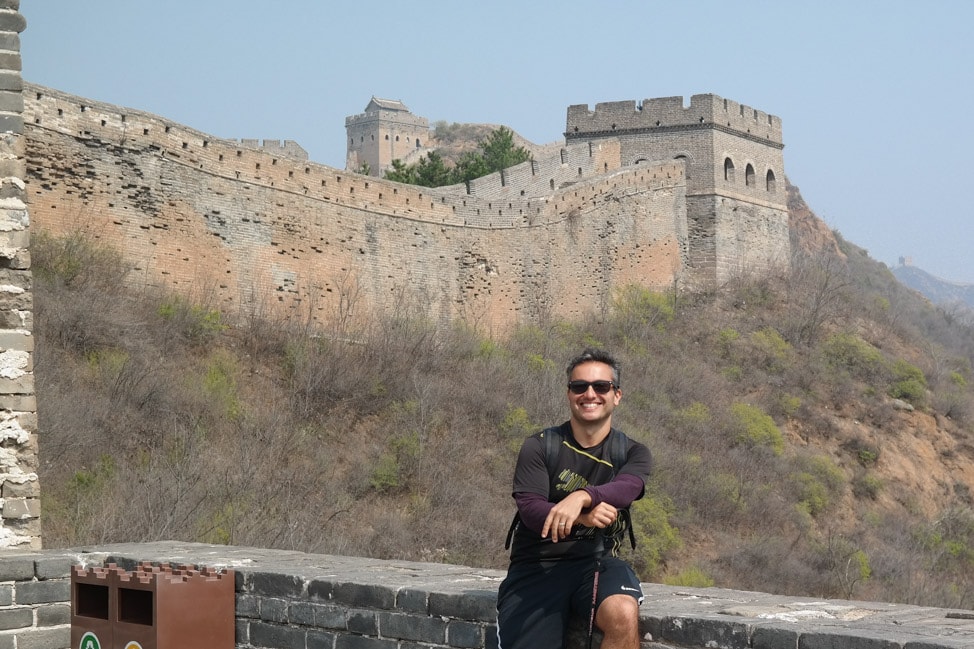
It’s a shame that many tourists stop their Beijing explorations after just those three obligatory attractions, so here are a few additional items we’d suggest adding to your Beijing bucket list.
Eat Peking Duck: Beijing (formally Peking) is most famous for one dish, a golden, crispy-skinned duck that is served with thin pancakes and toppings. It’s basically a Chinese taco of sorts. When I build my delicious duck wraps, I like to include a bit of crispy, fatty skin, a little meat, and all the toppings (spring onion, cucumber, hoisin sauce, a bit of granulated sugar). It feels a little weird to sprinkle sugar on a wrap, and not every place even serves the sugar, but if you have it, add it! That tiny bit of sweetness balances out all the fat and savory-ness, and takes the whole experience to the next level.
There are lots of opinions about where to eat Peking Duck in Beijing, and if you’re really adventurous, you could try a new place each day. We had duck at Deyuan Roast Duck, where we found the duck to be a little too fatty for our taste (I know, how is that possible, right?). If we had more time, we may have gone back to try the duck at Made In China, so we’re saving that for our next visit.
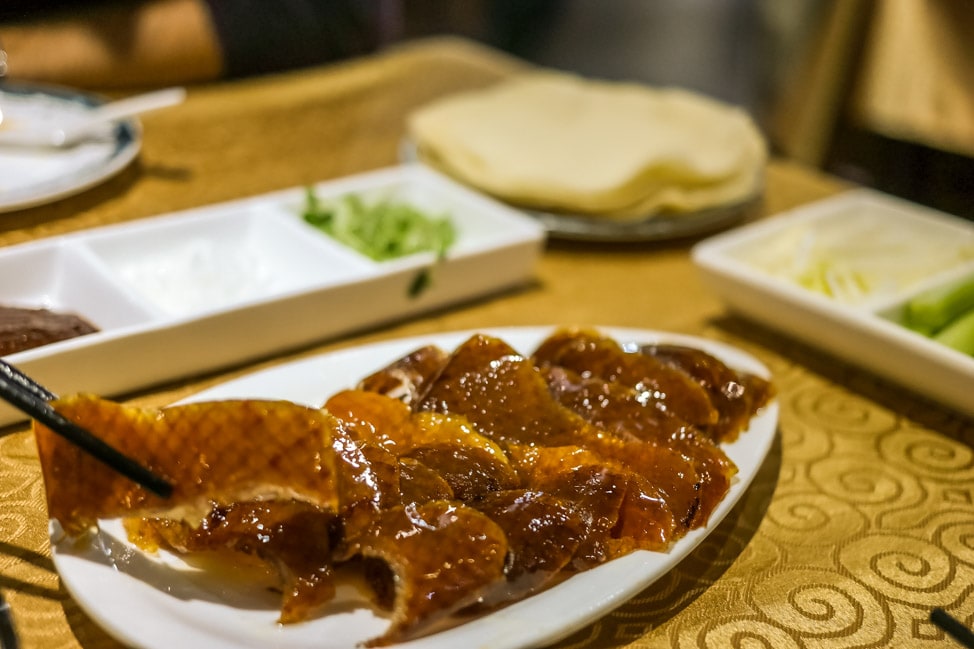
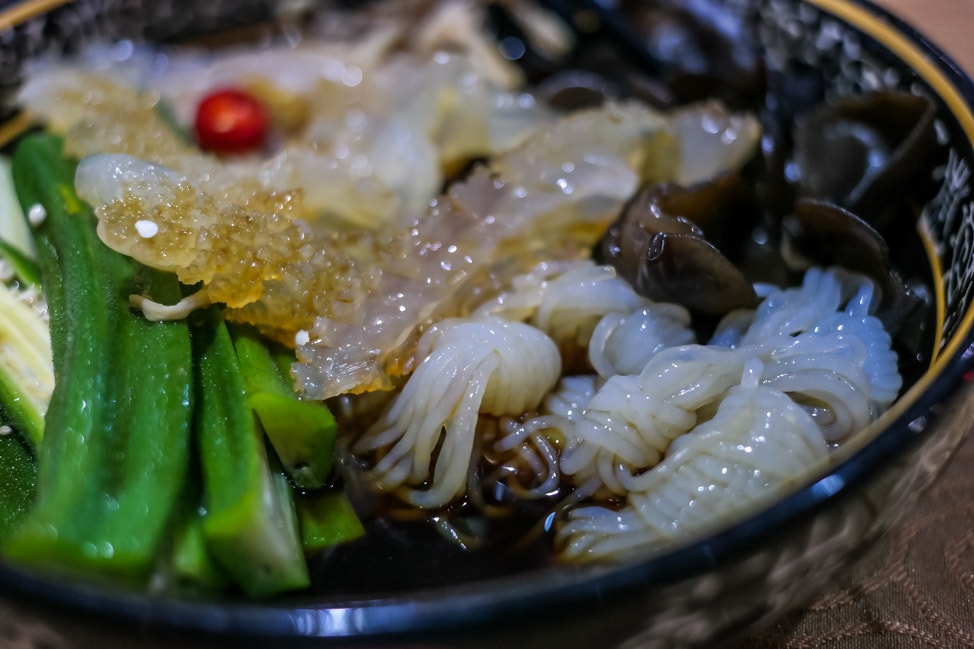
Visit Tian Tan (天坛) Park: The park scene in Beijing is intense. Back in feudal times, these immense green spaces were where dynastic emperors lived, hosted events, showed of their wealth, etc. They are full of intricate temples and lovely walkways and ceremonial grounds and tons of groomed flower gardens. A local favorite is Tian Tan Park, centrally located and a little less crowded than parks surrounding the Forbidden City. Don’t get me wrong – the place is huge. We walked the width of the park without stopping and it took over twenty minutes. To walk the circumference would probably take a couple hours.
But in a massive, crowded city like Beijing, where being alone is a luxury, it is such a relief to walk on a path with no one else in sight.
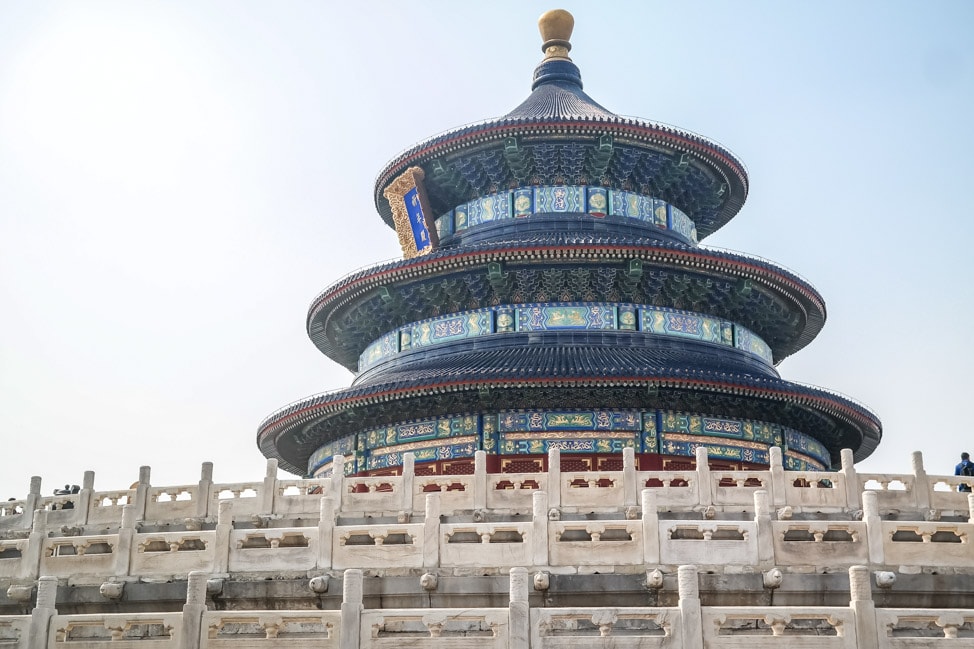
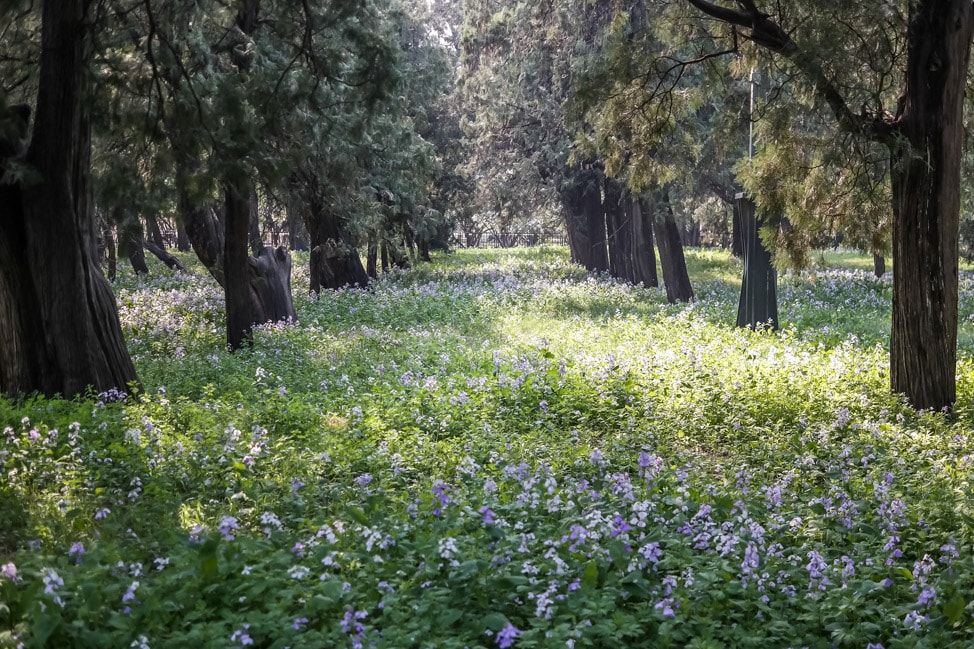
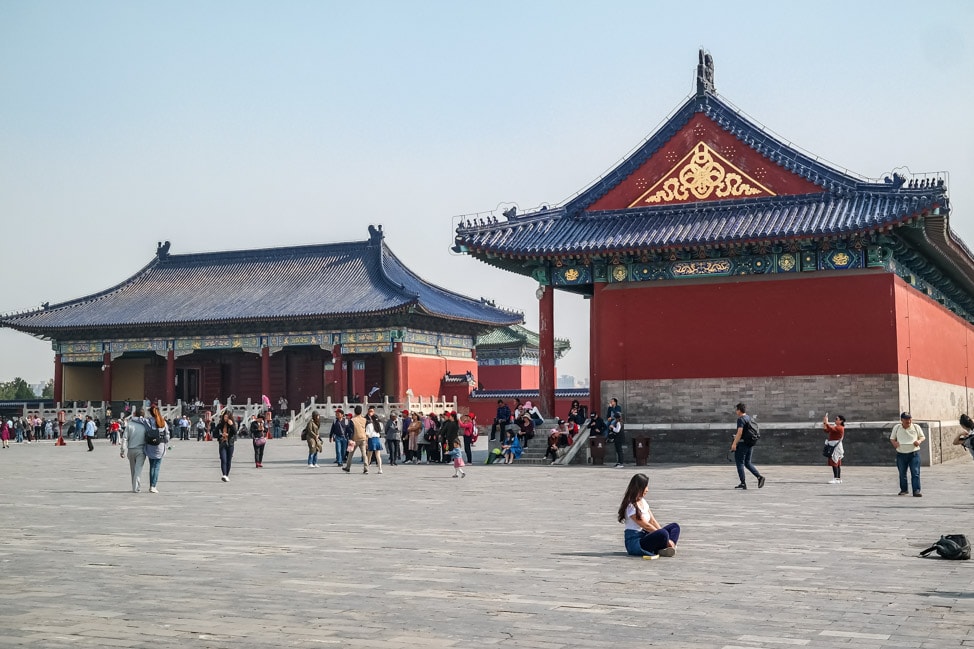
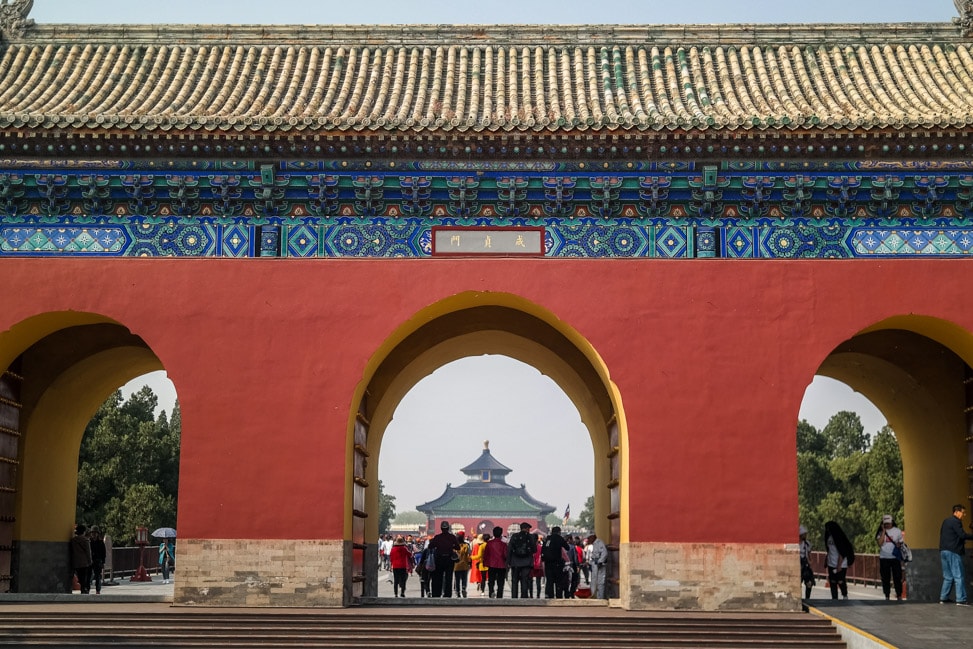
Walk around Dashilan and Qianmen streets: I’ll admit these two streets are definitely for the tourists. The sheer number of red lanterns and souvenir shops gives it away immediately. But these bustling pedestrian streets just south of Tiananmen Square are perfect for a slow walk, camera at the ready. There are food stalls selling most of Beijing’s famous snack foods. Kids run free down the street, with no cars or huge boulevards in sight. I spend my time saying hi to fat babies, my favorite way to pass the time in China, in general. There’s a Starbucks if you get hot, lots of Peking duck restaurants if you are hungry, and so many fat babies…
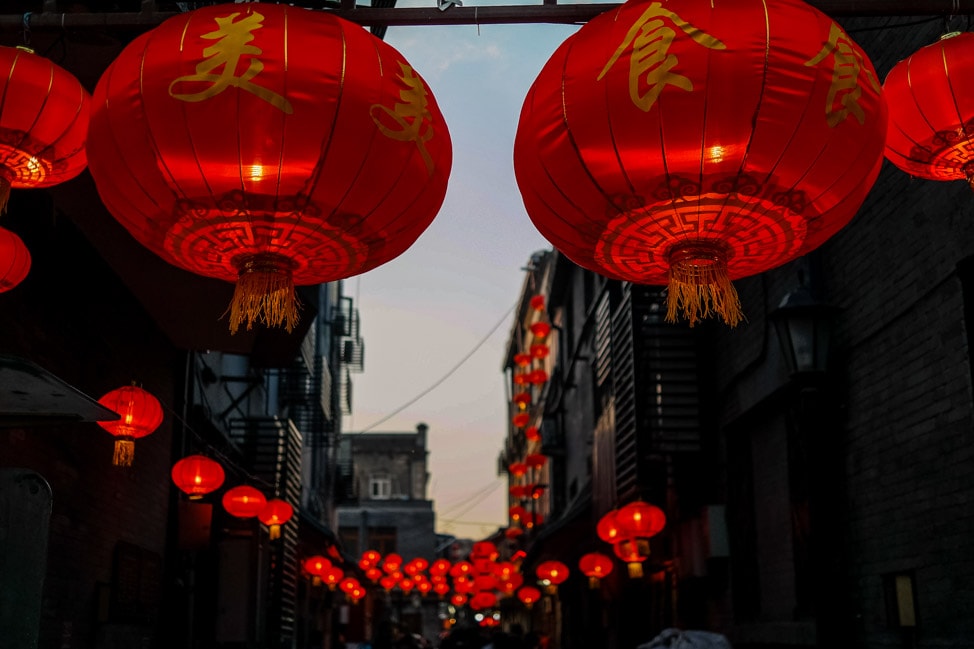
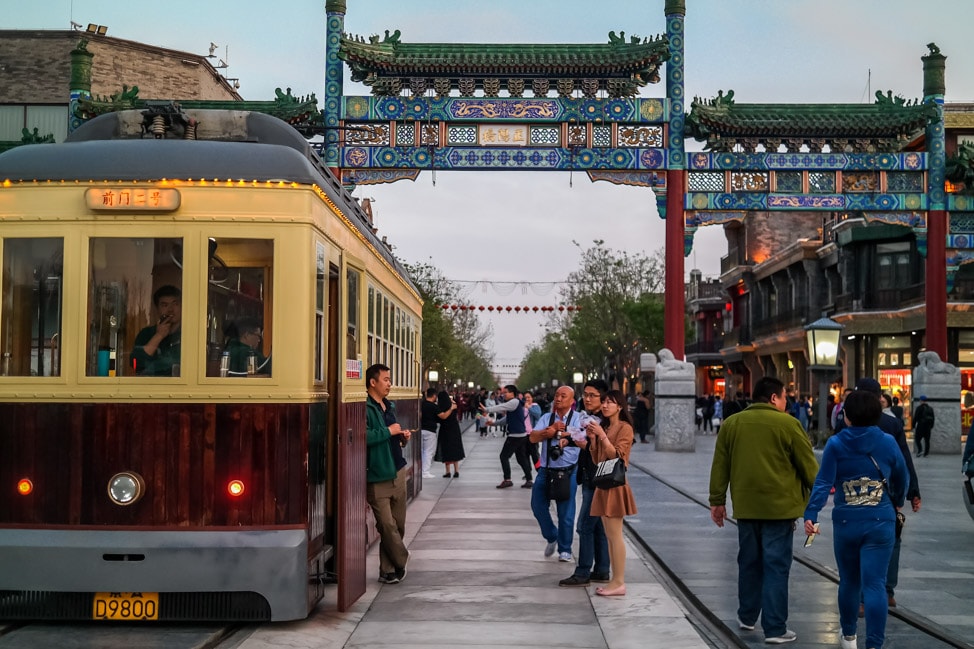
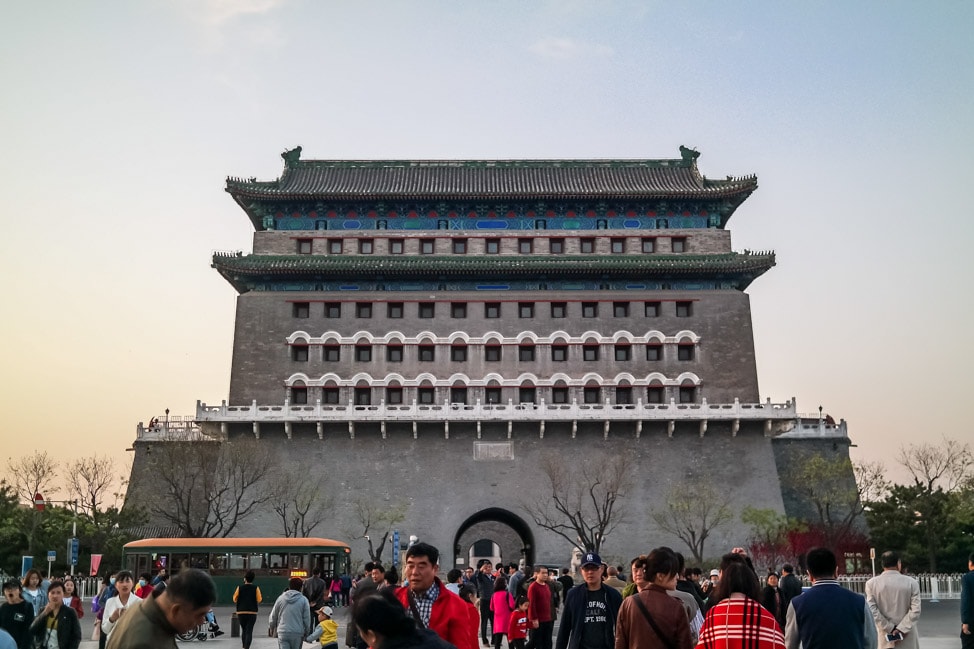
Explore one of Beijing’s few remaining hutong neighborhoods: These days, most of Bejing is grand and tall, with new hotels and office buildings being built at an alarming rate. But the old style of Beijing neighborhood, commonly called hutong (though technically, hutong is the word for the actual narrow street), can still be seen because a few have been protected from destruction. To be frank, these one-story twisty alleyways of tiny homes don’t make much sense in today’s Beijing, where real estate is at a premium. But they are near and dear to the hearts of Beijingers, so they stay.
It’s easy to get lost in the maze of alleys, so we orient ourselves with a big building in the distance. It’s also good to keep in mind that people still live here, so be respectful with your gawking and picture-taking. Oh, and one important side-note: many hutongs still use shared bathroom facilities that serve a block of houses. You can use these if you like, but be warned, that they are of varying levels of cleanliness and almost all use only squat toilets.
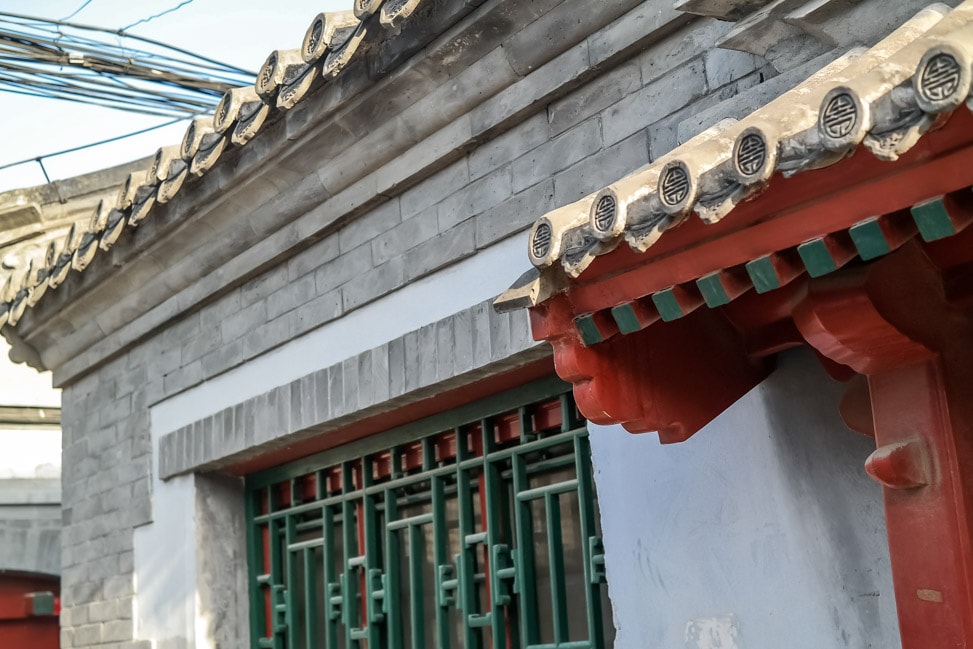
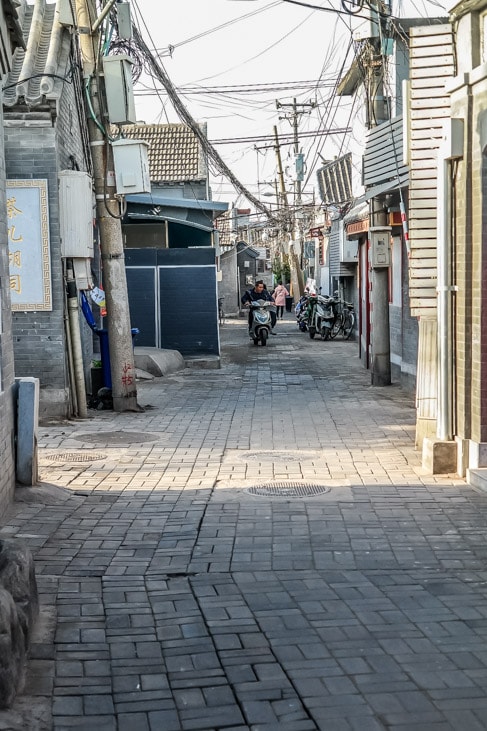
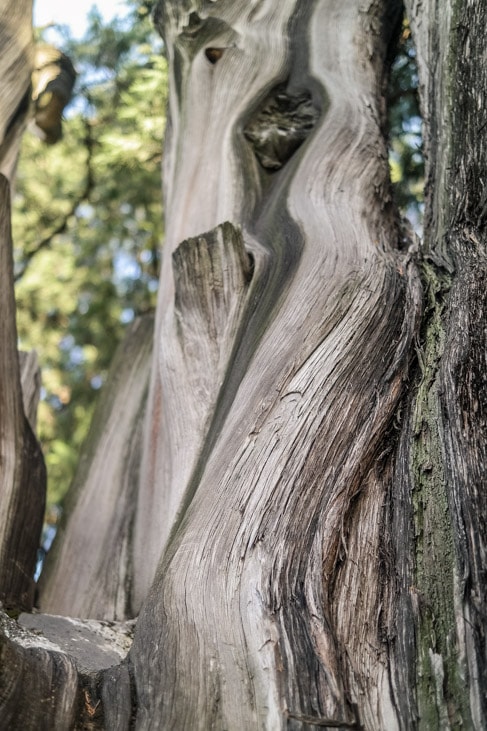
Beijing was a wonderful surprise to us. We came in expecting smog and grey, and left town wondering how quickly we can go back for another visit. In addition to many more Peking duck restaurants to sample, I still need to walk on the Great Wall, and Drew has yet to experience the crushing crowds of the Forbidden City when the doors open.

